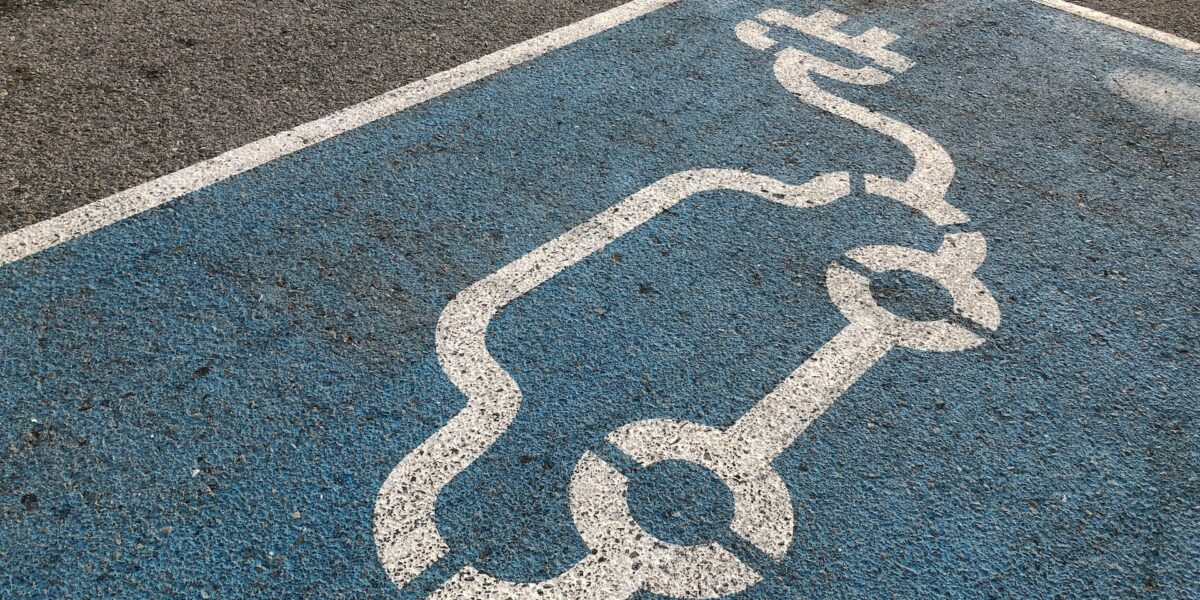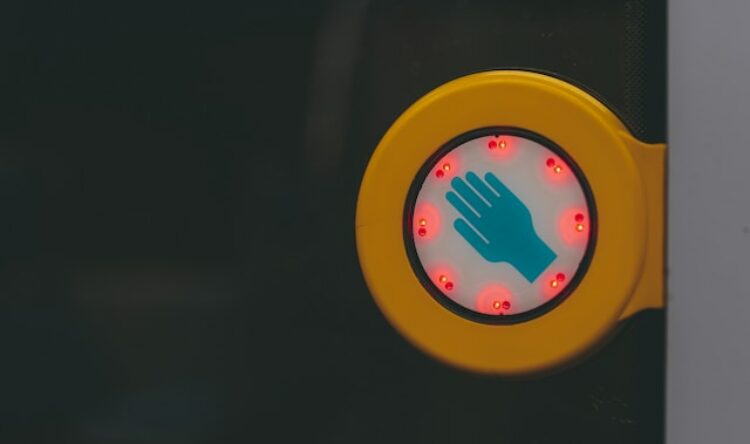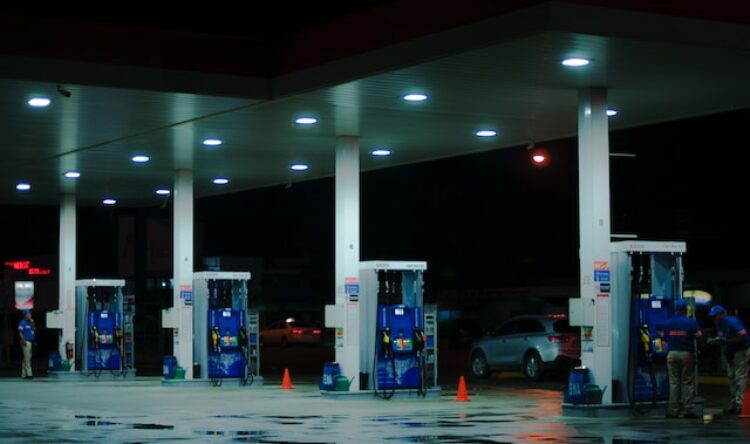Seeing through the smog
New tool to assess environmental impact of different car models
Green NCAP launches unique Life Cycle Assessment (LCA) Tool for consumers.
A new Consumer Life Cycle Assessment (LCA) Tool is now freely available to allow consumers to better understand the environmental impact of their car choice.
Website visitors can compare the LCA values of cars in relation to their country, energy mix and usage. The aim is to target consumers who are considering the sustainability of their vehicle in the context of where they live and their long-term usage. It is also a useful tool for academics, the wider industry and legislators, representing a real step forward towards global environmental awareness about climate-changing emissions and the lifecycle energy required to produce green and sustainable cars.
How green are you?
To consider the true ecological impact and sustainability of a car, the vehicle must be viewed in the context of its whole life cycle. Life Cycle Assessment, or LCA, is the method that estimates these individual contributions to predict the car’s environmental impact over its entire lifetime. It means that all processes, greenhouse gas emissions and flows of resources and energy associated with the car’s production, usage, and recycling at the end of its life, are considered.
Dr. Aleksandar Damyanov, Green NCAP’s technical manager, says it “has been a long-term ambition of Green NCAP”. It allows a simple review of “the true environmental impact of a vehicle throughout its life cycle”.
“While LCA, due to the nature of the available data and assumptions, cannot be as precise as a star rating based on laboratory and real-world emissions testing, it can provide consumers with a clear picture of how much their vehicle affects the climate and what significant amounts of energy cars use before they even get on the road.”
Everyone’s different
The unique interactive platform allows the parameters to be customised to local and personal circumstances, such as annual driven mileage, renewable energy mix and country. This allows users to compare up to three cars and two countries, specific to needs and conditions.
The interactive platform draws data from a large and growing database of over 30,000 models that, amongst others, include vehicles tested by Green NCAP. This offers more realistic fuel and/or energy consumption values compared to those advertised.
Life for life
Using the tool, consumers can identify the full life cycle energy demand and greenhouse gas emissions related to their chosen car and compare different models and powertrain types.
Results show the vehicle’s environmental impact over time, as well as highlight particular phases in the life cycle and also identify the triggers for further sustainability improvement. For example, in its life cycle – from production to end-of-life, a typical compact family class petrol car uses about 190 MWh of energy, which corresponds to about 22,000 litres of petrol or the equivalent of over 550 visits to a petrol station. At the same time, it produces about 50 tonnes of climate damaging emissions.
A similar sized battery electric vehicle generally offers significant greenhouse gas savings compared to the petrol car, but the actual impact and the energy demand depend on the electricity mix used.
A clearer picture
The LCA tool gives you the possibility to examine the car’s ecological footprint in different European countries and reveals the benefits of a higher renewable electricity share.
“It is not enough for consumers to be informed on the fuel consumption and CO2 emissions,” says Dr. Reinhard Kolke, Director Test and Technical Services of ADAC and member of the Euro NCAP Board of Directors.
“To ensure that we meet the challenges of climate change, utilise our planet’s resources in a sustainable manner and support the principles of the circular economy, consumers require more detailed information so they can make their own good choices.
He adds that the new tool will “enable consumers to have the full picture of their car’s global environmental footprint”. This covers the period from “when a customer orders a car, it’s production and to when it finally comes to the end of its life”.
You can use the new LCA tool here.






